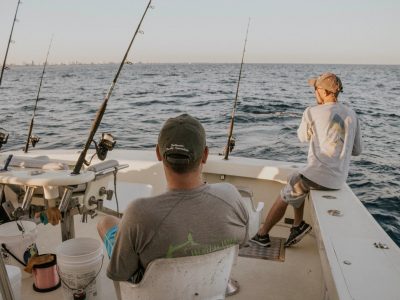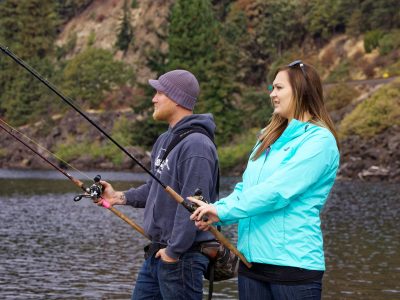In recent years, the state of Florida has taken proactive steps to revamp its recreational fishing policies, aiming to safeguard the state’s remarkable marine ecosystems while enabling anglers to continue relishing its abundant fishing opportunities.
1. Managing Recreational Red Snapper Fishing
Florida recognized the need for an improved management system for recreational red snapper fishing in federal waters. Previously, a fixed number of fishing days often led to overfishing and premature season closures.
In response, the Gulf of Mexico Fishery Management Council devised a new approach in 2018. Instead of relying on predetermined days, the recreational red snapper season is now determined by a total catch limit. This flexible approach prevents overfishing and ensures the sustainability of the red snapper population.
2. Regulations for Harvesting Key Species
To protect and maintain thriving fish populations, Florida implemented new rules and regulations for harvesting specific species. In 2019, the Florida Fish and Wildlife Conservation Commission (FWC) approved regulations for redfish, seatrout, and snook, which included slot limits.
These limits define the minimum and maximum sizes of fish that can be harvested. By allowing younger fish to mature and spawn before harvesting, the slot limits safeguard the reproductive potential of the fish populations, ensuring a sustainable future for these species
3. Specific Rules for Harvesting Snook
The FWC also implemented additional regulations for harvesting snook. These regulations include a closed season from December 15th to January 31st and from May 1st to August 31st, prohibiting snook harvesting during these periods.
Furthermore, a bag limit of one fish per person per day, with a maximum size limit of 28 inches, was established. These measures aim to preserve snook populations during critical spawning periods and maintain healthy stocks for generations to come.
4. Permits for Harvesting Certain Species
In an effort to enhance data collection and ensure sustainable harvesting practices, Florida introduced the Gulf Reef Fish Angler designation in 2020. This permit is mandatory for anglers planning to harvest specific species such as red snapper, grouper, and amberjack.
Obtained online or at licensed fishing locations, the permit provides the FWC with accurate data on species harvests. The collected data informs future harvest limits and aids management decisions, promoting sustainable fishing practices.
5. Addressing Invasive Species
Florida has also taken proactive measures to combat the issue of invasive species, most notably lionfish, which pose a significant threat to native marine life and ecosystem balance. To address this concern, the FWC implemented regulations allowing recreational fishermen to remove invasive lionfish.
These regulations include a bag limit of 100 lionfish per person per day and the authorization of specific gear, such as spears and nets, for their capture. By actively involving fishermen in the control of invasive species, Florida strives to preserve the delicate equilibrium of its marine ecosystems.
Conclusion:
Florida’s dedication to enhancing recreational fishing practices demonstrates a commitment to preserving its unique marine ecosystems.
The state’s initiatives, including the revamped management system for red snapper, the implementation of slot limits and closed seasons for key species, the requirement of permits for certain fish, and the proactive approach towards combating invasive species, all contribute to the sustainable future of recreational fishing in Florida.
By striking a balance between environmental conservation and fishing opportunities, Florida sets an example for other regions seeking to protect their marine resources for generations to come.
And through the utilization of tools like FishVerify, anglers can stay informed about ever-changing fishing regulations.


